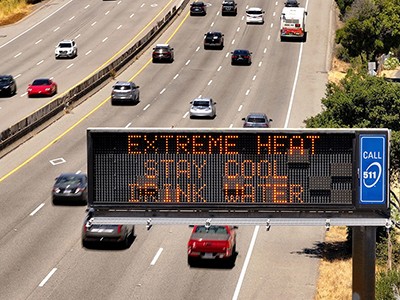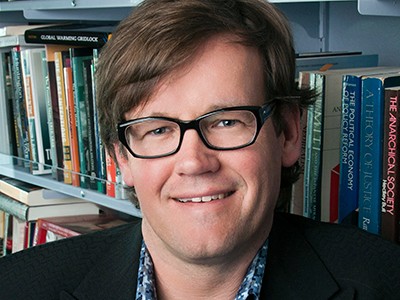Some 72% of US residents accept that climate change is happening. But many don’t understand why — only 58% think that it is caused by humans. And many don’t think that the climate crisis will affect them: only 46% consider themselves personally at risk.
These statistics might help to explain why, even though the United States saw record-setting heatwaves, wildfires and mega-storms in 2024, climate-change discussions remained on the back burner during this year’s presidential election. Campaigners called for cleaner air and water, but few argued for a drastic cut in fossil-fuel use, or discussed how communities can adapt to climate change. President-elect Donald Trump has called climate change a hoax and has promised his campaign backers that he will overturn fossil-fuel regulations.

Global warming is on the cusp of crucial 1.5 °C threshold, suggest ice-core data
People who don’t think climate change affects them are often apathetic towards, or resistant to, climate action — despite it being one of the largest long-term threats to everyone’s health and well-being. What is needed to turn things around in the coming years is broad climate literacy.
California provides one model. The causes and effects of climate change, as well as mitigation and adaptation methods, are taught in all primary and secondary schools. The state provides some funding to train teachers, but not enough. Ecoliteracy groups, including the non-profit organization Ten Strands and the University of California-based initiative Environmental and Climate Change Literacy Projects, are dedicated to filling the gap.
At the university level, climate scientist Veerabhadran Ramanathan and I led a team of researchers who developed educational materials across the University of California system. We developed Bending the Curve — a library of videos, a textbook, class activities and other teaching resources. Bending the Curve emphasizes equitable solutions in six areas: science, technology, policy and governance, finance, societal behaviour and land-use management. Since its launch in 2017, thousands of students have used it.

How the world will weather Trump’s withdrawal from global agreements
The textbook is open access, and the entire library is now being licensed and expanded by organizations such as the American Medical Association and the US National Education Equity Lab, in the United States and beyond.
As valuable a tool as Bending the Curve is, it was developed by and for residents of a state that has embraced climate action since the 1970s. Innovative policies such as California’s Global Warming Solutions Act of 2006, which aims to cut greenhouse-gas emissions to 40% below 1990 levels by 2030, already receive broad public support. Since September, the San Diego campus of the University of California (UCSD), where I work, has required that all undergraduate students take a course on climate change.






